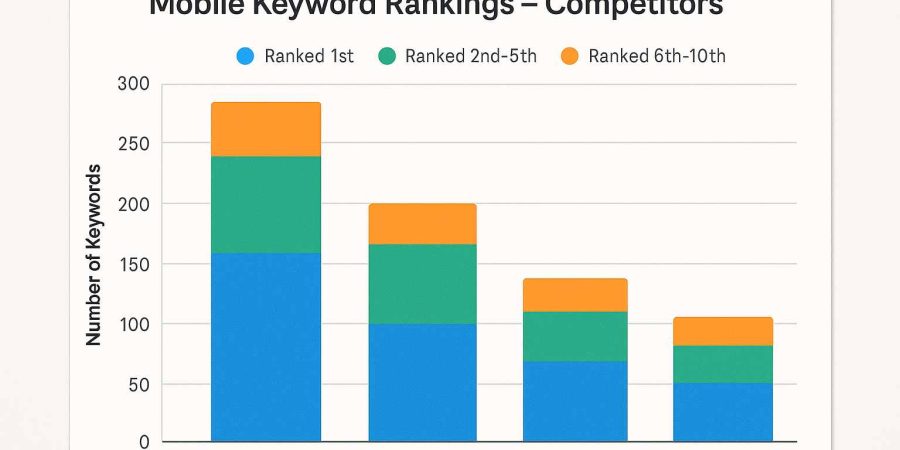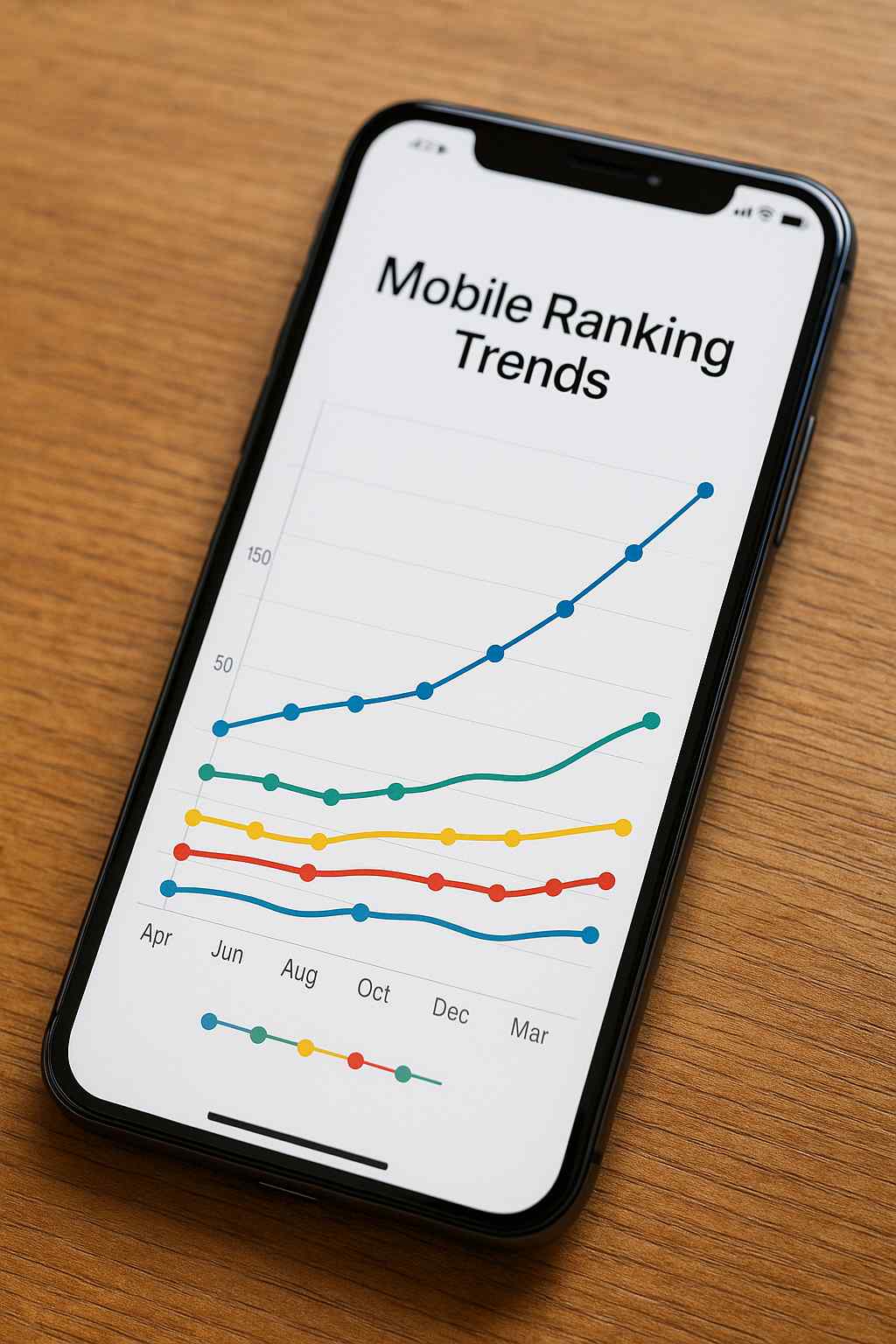Why Tracking Mobile Rankings Matters More Than Ever

Have you ever wondered why your site ranks #3 on desktop but disappears from mobile search results? You’re not alone—and the reason lies in the way search engines treat mobile and desktop users differently.
In today’s mobile-first world, tracking mobile rankings is no longer just a smart move—it’s a survival tactic. Over 63% of all Google searches now happen on smartphones, and Google’s mobile-first indexing means your site’s mobile version is what truly matters for ranking. If you’re not paying attention to where your content shows up on mobile devices, you could be missing out on the majority of your traffic.
That’s where a mobile rank checker comes in. These tools are designed specifically to monitor how your keywords perform in mobile search results, helping you understand where you stand and where you need to improve.
In this guide, I’ll walk you through proven tactics for optimizing your visibility in mobile search, covering everything from smartphone keyword tracking and geo-targeted rank monitoring, to real-time alerts and content formatting. We’ll also look at experiments, expert insights, and case studies that show what actually works in mobile SEO.
Why Tracking Mobile Rankings Matters in 2025
Mobile search is no longer just catching up — it has clearly overtaken desktop. As we move through 2025, understanding and tracking mobile rankings is crucial for any business looking to stay competitive in search.
The gap between mobile and desktop rankings can be surprisingly wide. A page ranking well on desktop might not even show on the first page of mobile. That’s why relying solely on desktop SEO metrics is risky.
Mobile rank tracking helps you stay aligned with Google’s ongoing shift to mobile-first indexing, where your mobile site takes priority over your desktop version in search algorithms.
According to Statista, over 60% of global search traffic now comes from mobile devices. If you’re not tracking mobile performance, you’re missing the bigger picture.
Factors like page speed, mobile usability, and local intent play a larger role in mobile keyword rankings than in desktop. A good mobile rank checker helps monitor and optimize for these mobile-specific signals.
Here’s why this matters:
- Mobile traffic often exceeds desktop traffic.
- Mobile users typically have higher intent and conversion rates.
- Tracking highlights mobile-only SEO issues that would otherwise be missed.
Ultimately, smartphone keyword tracking ensures your strategies are aligned with how users actually search — fast, local, and on-the-go. Ignoring it means leaving valuable visibility, traffic, and conversions on the table.
Monitor Rankings Regularly (Daily/Weekly)
Mobile and desktop rankings are not identical. Understanding these differences is critical for effective mobile SEO.
On mobile, search engines prioritize speed and usability. Websites that load quickly tend to rank better on mobile.
User behavior on mobile devices also affects rankings. Mobile users often search for information differently, prioritizing immediate solutions.
Local searches are more prevalent on mobile. This means that location-specific keywords could rank differently on mobile than on desktop.
Here are key differences to consider:
- Speed sensitivity: Mobile rankings are more affected by page load speed.
- Local intent: Mobile users often search for local businesses or services.
- Visual content: Mobile devices influence the preference for visual and concise content.

Moreover, the design of a site has a larger impact on mobile rankings. Sites that are not mobile-friendly can lose significant ranking ground.
With mobile-first indexing, Google now primarily uses the mobile version of a page for indexing. This makes mobile optimization more crucial than ever.
Finally, mobile search can be influenced by different algorithms. This means mobile SEO strategies might need adjustments separate from desktop strategies.
Understanding these differences is not just beneficial but necessary. Aligning your SEO strategy with these insights can help improve your mobile rankings significantly.
Understanding Mobile-First Indexing and Its Impact
Mobile-first indexing is now a cornerstone of SEO. Google uses the mobile version of a site as its primary index. This shift reflects the growing trend of mobile searches surpassing desktop.
The implications are significant. Sites must prioritize mobile optimization or risk lower rankings. If a site is mobile-friendly, it stands a better chance of ranking well.
Here are key aspects of mobile-first indexing:
- Primary indexing: Google uses the mobile version as the primary source.
- Design importance: Mobile-friendly designs impact rankings.
- Content parity: Ensure mobile content matches desktop content.

This means that content consistency between mobile and desktop is crucial. Mobile-first indexing doesn’t create two separate indexes; it prioritizes mobile content. If your site lacks a mobile-friendly version, your rankings may suffer.
Investing in a responsive design pays off, not just for users but for search engines, too. Ensuring that your site’s mobile and desktop versions have the same content is vital. As mobile-first indexing becomes the norm, adapting is no longer optional.
Essential Metrics to Track for Mobile SEO Rankings
Tracking the right metrics is essential for mobile SEO success. Understanding what to monitor helps you make informed decisions. It ensures your mobile site performs well and ranks higher.
Key metrics to focus on include:
- Mobile traffic: Check the share of traffic from mobile devices.
- Page speed: Mobile users expect fast-loading pages.
- Bounce rate: Monitor the percentage of mobile visitors leaving without interacting.
- Mobile keyword rankings: Identify which keywords attract mobile traffic.
- User engagement: Track metrics like session duration and pages per session.

Mobile traffic trends reveal user behavior and preferences. High bounce rates might indicate poor usability or irrelevant content. Faster pages enhance user experience, improving rankings.
User engagement metrics offer insights into content relevance. Tracking mobile keyword rankings helps identify opportunities for SEO improvement. It enables you to optimize and target mobile users effectively.
Incorporating these metrics into your strategy refines your mobile SEO efforts. Regularly analyzing them supports ongoing improvement and better results. Effective tracking equips you to adapt swiftly to changes in user behavior and search algorithms.
How to Do Rank Tracking for Smartphones: Step-by-Step Guide
Effective smartphone keyword tracking ensures you stay ahead in mobile search. Follow these steps to track mobile rankings efficiently.
Step 1: Choose the Right Tools
Selecting the right tools is the first step. Numerous rank tracking tools are available, each with unique features.
- SEMrush: Comprehensive mobile rank tracking.
- Ahrefs: Detailed keyword analysis and rank reports.
- Moz: Offers insights and keyword suggestions.

Step 2: Set Up Tracking
- Create an account and log in.
- Add your website details and select mobile tracking options.
- Configure for location-specific tracking if needed.
Step 3: Identify Key Mobile Keywords
- Use keyword research features in your tool.
- Filter results to focus solely on mobile.
- Compile a list of competitive and relevant keywords.
Step 4: Monitor Trends and Adjust
- Daily checks: Observe immediate ranking changes.
- Weekly analysis: Identify broader trends and patterns.
- Monthly reports: Evaluate long-term progress and strategy success.
Regular adjustments ensure your strategy stays relevant. React promptly to any negative trends or sudden ranking drops. Continuous monitoring allows for agile responses to changes in the mobile search environment.
Completing these steps establishes a solid foundation for tracking and improving mobile rankings. It equips you with the insights needed to optimize your mobile SEO strategy effectively.
Completing these steps establishes a solid foundation for tracking and improving mobile rankings. It equips you with the insights needed to optimize your mobile SEO strategy effectively.
Top Mobile Rank Tracking Tools Reviewed
Choosing the right mobile rank tracking tool is crucial for your SEO strategy. Each tool provides distinct features tailored to specific needs.
SEMrush stands out with its comprehensive analytics and easy-to-use dashboard. It provides insights into mobile rankings, traffic, and competitor strategies. The detailed reports are particularly helpful for understanding market trends.
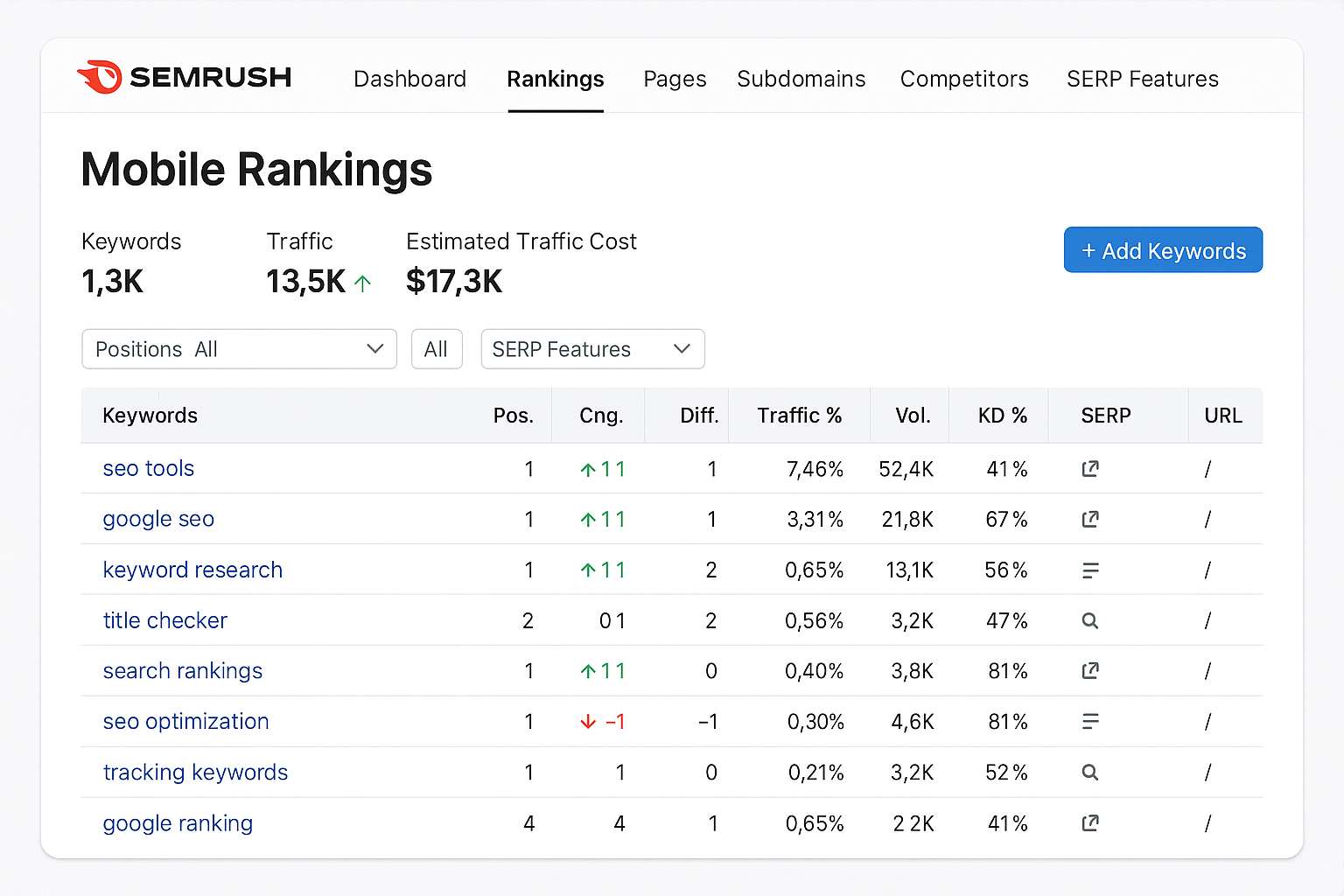
Ahrefs is another robust option, known for its extensive backlink database. It excels in keyword research and competitive analysis.
Ahrefs gives you a clear picture of where your mobile site stands in the digital landscape. For those favoring simplicity, Moz offers straightforward mobile rank tracking. Moz focuses on clear visualizations and actionable insights, perfect for those new to SEO or needing quick data.

SERPWatcher by Mangools
combines ease of use with powerful analytics. It offers concise daily updates on mobile search rankings. Its user-friendly interface is great for small businesses looking to track keywords with less hassle.
One cost-effective choice is Ubersuggest, offering valuable data without a hefty price tag. It provides basic mobile keyword tracking features, suitable for startups or budget-conscious users.
Features Comparison:
- SEMrush: Comprehensive data, competitor analysis.
- Ahrefs: Strong keyword tools, backlink insights.
- Moz: User-friendly, intuitive reports.
Pros and Cons:
- SEMrush: Detailed but costly.
- Ahrefs: Comprehensive yet complex.
- Moz: Simple but less data-rich.
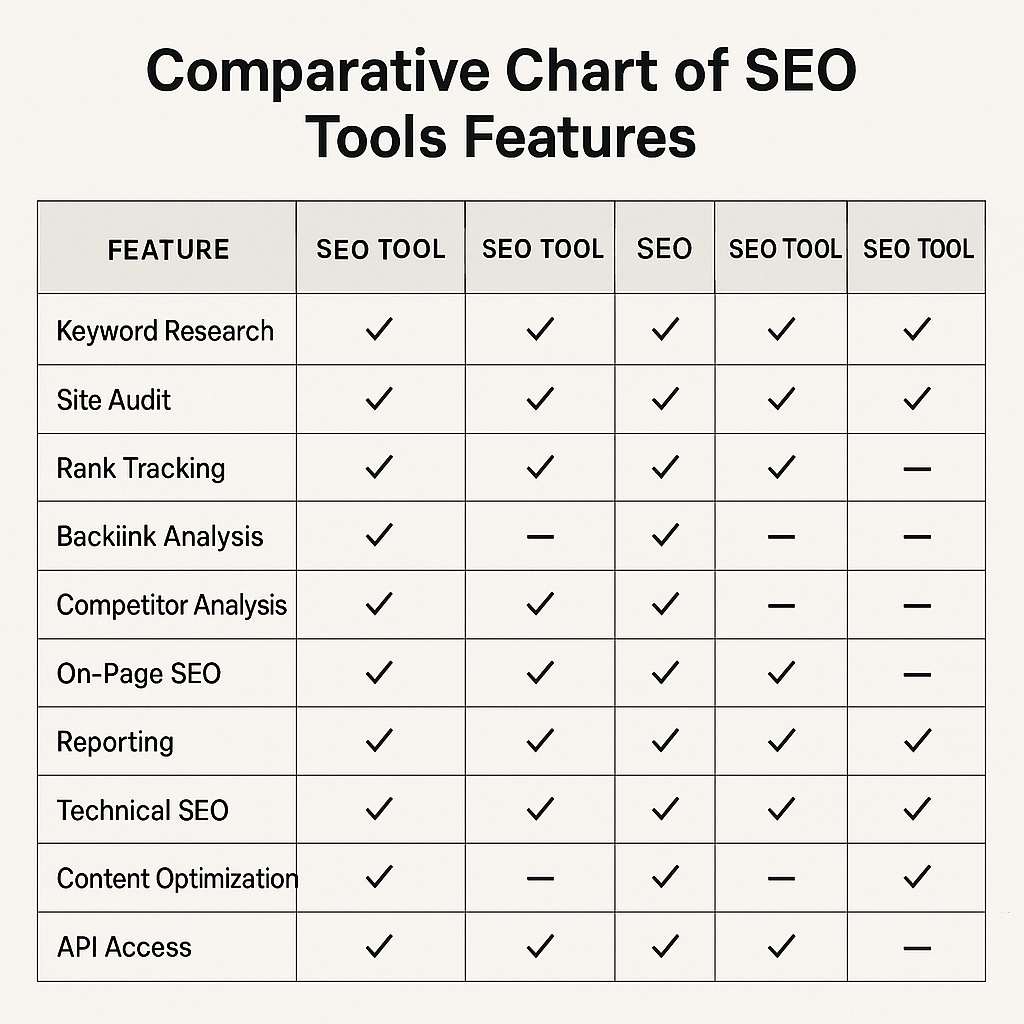
Free vs. Paid Mobile Rank Trackers
- Free Tools: Ubersuggest, Google Search Console.
- Paid Tools: SEMrush, Ahrefs, Moz.
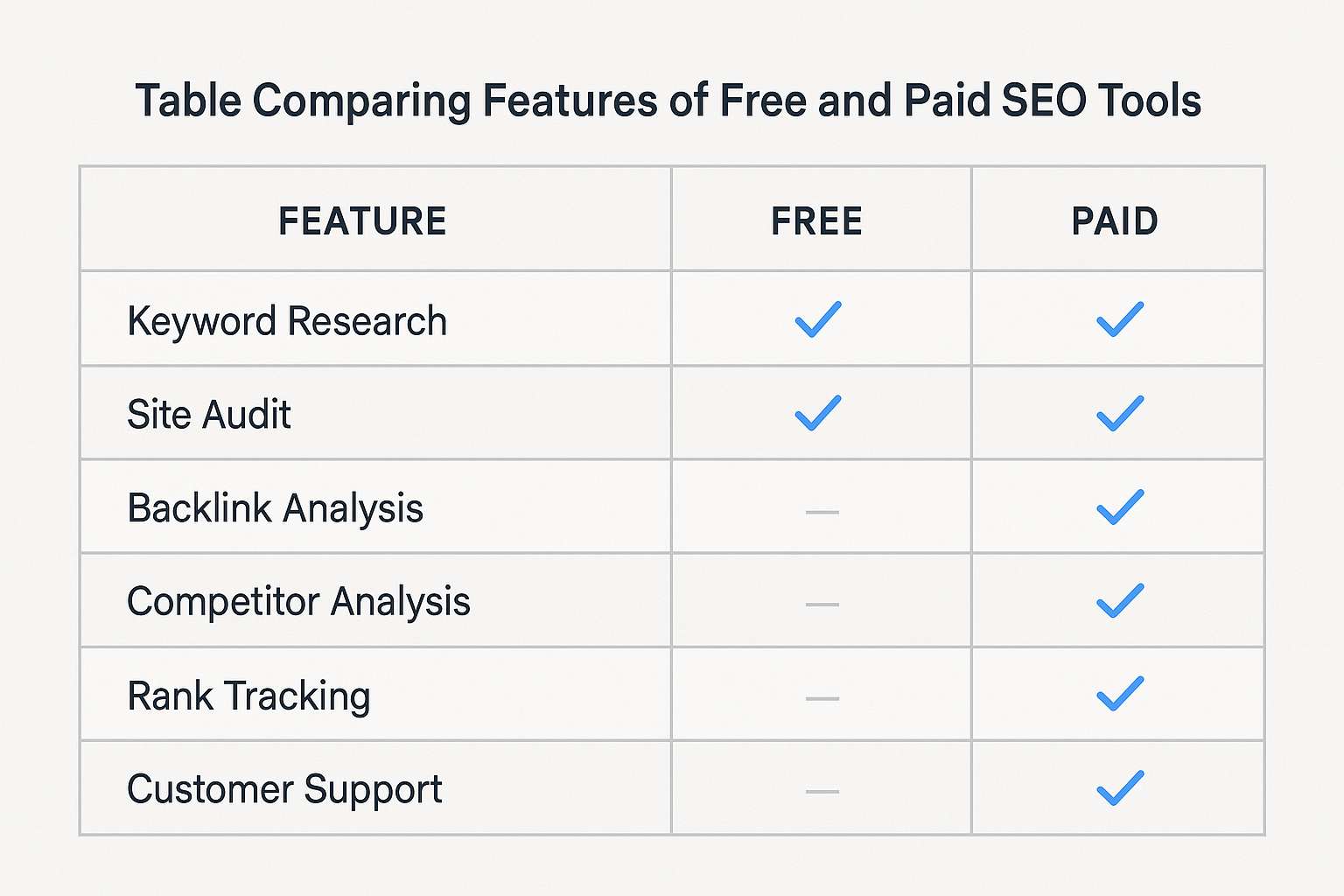
Paid solutions typically offer more detailed analytics, customizable reports, and advanced tracking options. Evaluating your budget and requirements can help determine the best choice for your mobile ranking needs.
Setting Up and Customizing Mobile Rank Tracking
Setting up mobile rank tracking is crucial for personalized insights. Begin by selecting a tool that aligns with your strategic goals.
Most tools provide straightforward onboarding, guiding you through setup. You will need to enter your website URL and select the keywords you wish to track.
Customizing the tracking process ensures tailored results. Prioritize location-specific tracking to capture localized data accurately. This is essential for businesses targeting regional audiences.
- Choose Keywords: Focus on mobile-specific keywords.
- Set Locations: Define geographic regions for tracking.
- Schedule Reports: Automate regular updates.
![]()
Regular customization helps keep your data relevant. Adjust your tracked keywords and locations as market trends shift. This adaptability allows you to stay competitive and responsive to changes.
Automation features, like scheduled reports, minimize manual work. They ensure you receive timely insights, crucial for fast-paced digital environments. A well-customized rank tracking setup supports continuous SEO optimization, driving sustained performance improvements.
Mastering the tracking of these mobile-specific SERP features is a huge advantage. But data is only powerful if you know how to act on it. ‘Beyond Keywords’ provides the modern SEO playbook, teaching you how to create content and optimize your site to actually win these coveted positions. Transform your data into a strategy. Get the book.
Best Practices for Accurate Mobile Rank Tracking
Accurate mobile rank tracking demands a strategic approach. Implementing best practices can ensure your data is precise and actionable. First, select a reliable mobile rank tracking tool that suits your needs.
Conduct regular audits of tracked keywords. This keeps your focus aligned with current market demands and evolving trends. It also identifies any missed opportunities.
Ensure data consistency by tracking results at the same time each day. This avoids fluctuations caused by time-based search behavior variations.
- Use Multiple Tools: Leverage various tools for a comprehensive view.
- Mobile-Specific Keywords: Prioritize terms relevant to mobile users.
- Regular Updates: Keep your keyword list current.
![]()
Monitoring competitor performance is also crucial. It helps assess your market position and identify strategies to improve your rankings. Compare your mobile rankings with desktop rankings. This highlights areas where mobile performance might lag behind.
With these practices in place, you will gain deeper insights, enabling more informed optimization and strategy decisions. Accurate tracking leads to better search engine visibility and improved mobile SEO performance.
Analyzing and Reporting on Mobile Search Rankings
Analyzing mobile search rankings involves more than just checking positions. It requires understanding trends and drawing actionable insights. Consistent analysis helps you adapt to changes and optimize strategies.
Reports should highlight keyword performance and visibility. They must outline both gains and losses in rankings. This provides a full picture of your mobile SEO status.
Include user engagement metrics like bounce rate and click-through rate. These metrics help assess if users find your content valuable. Improving these can boost your mobile rankings.
- Rank Changes: Note significant upward or downward shifts.
- Traffic Impact: Link ranking changes to traffic variations.
- Competitor Analysis: See where you stand against rivals.

Visualize data through graphs for clearer communication. Graphs make it easier for stakeholders to grasp complex data quickly. Effective reporting ensures that your mobile SEO efforts align with your overall business goals. This process is vital for ongoing optimization and long-term success.
Leveraging Mobile Rank Tracking for Competitive Analysis
Tracking mobile rankings offers invaluable insights into competitors’ strategies. By knowing your competitors’ keyword rankings, you can assess their strengths and weaknesses. This knowledge can drive your own strategy and highlight areas for improvement.
Competitive analysis isn’t just about monitoring top competitors. It involves identifying emerging players in your niche. Staying informed about new rivals can provide an edge in refining your mobile SEO plans.
- Identify Competitor Keywords: Discover keywords they rank for.
- Analyze Content Strategies: Evaluate successful content approaches.
- Spot Performance Gaps: Find areas they overlook.
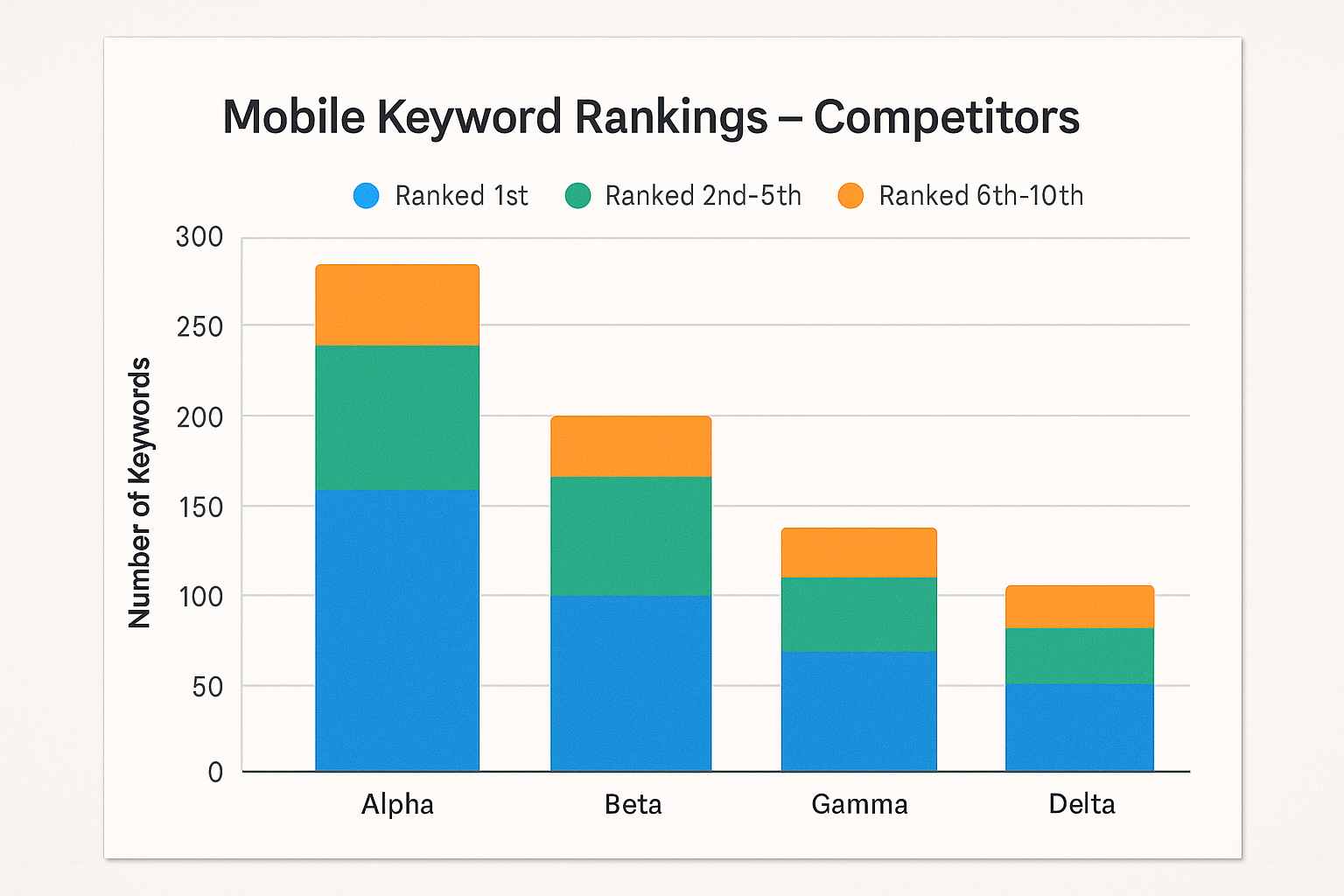
Leverage these insights to capitalize on untapped opportunities in your field. Adopting successful strategies from competitors can bolster your mobile SEO efforts. Equip yourself with this information to adapt and thrive in the ever-changing digital landscape. Competitive analysis through mobile rank tracking can set the path for your business to outperform its rivals.
Optimizing for Better Mobile SEO Rankings
Improving your mobile SEO rankings requires a focused strategy tailored to mobile users. Start by ensuring your website is mobile-friendly. This means your site should adjust seamlessly to different screen sizes, providing a smooth user experience.
Page speed is another crucial factor. Mobile users are often on the go and expect fast loading times. Optimize images and minimize code to enhance your mobile site speed. A faster site not only improves user experience but also boosts your search rankings.
Focus on optimizing content for mobile search behavior. People typically use shorter, more conversational queries on their phones. Adapt your keyword strategy to capture these types of searches effectively.
- Enhance Page Speed: Compress images and reduce scripts.
- Improve User Experience: Use responsive design.
- Optimize Content: Target mobile-specific queries.

Security is another aspect not to overlook. Ensure your site is secure with HTTPS. This adds trust and can positively impact your rankings. Lastly, structured data can enhance how your site appears in search results. Use it to deliver rich snippets and increase click-through rates. These steps collectively will pave the way for enhanced mobile SEO performance.
Common Challenges in Mobile Rank Tracking (and How to Solve Them)
One major challenge in mobile rank tracking is discrepancies between mobile and desktop results. Mobile rankings can vary due to different algorithms and user interactions. To address this, compare both sets of data regularly.
Tracking mobile keyword rankings is another hurdle. Keywords may perform differently across devices. Use smartphone keyword tracking tools to monitor these variations and adjust your strategy accordingly.
Location-based differences can also affect mobile rankings. Results may vary widely based on the user’s location. Set up location-specific tracking to capture accurate data for targeted areas.
- Discrepancies: Compare mobile and desktop data.
- Keyword Differences: Use device-specific tools.
- Location Variations: Track by location.
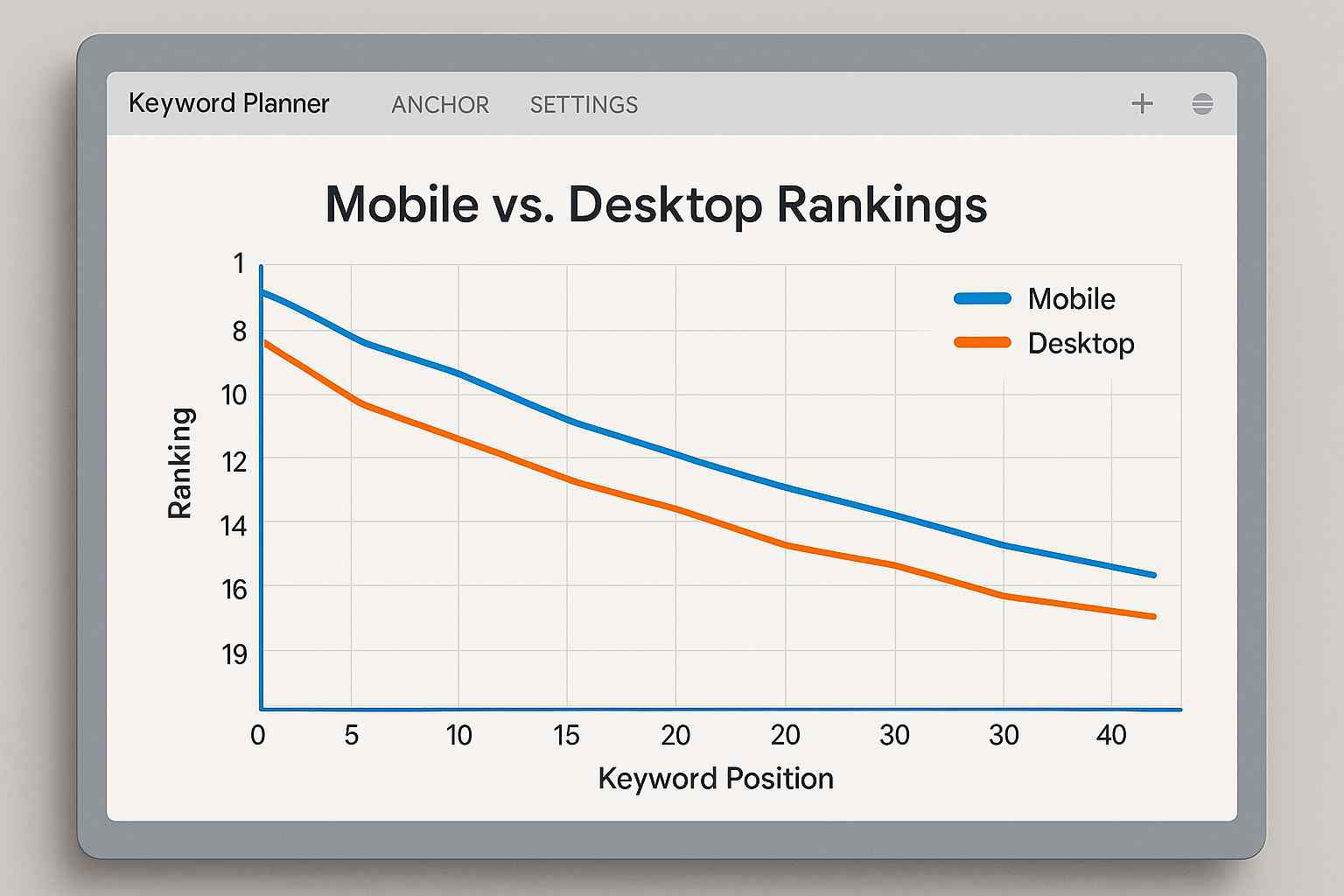
Lastly, data volatility can be frustrating. Mobile rankings can fluctuate more than desktop rankings. Regular monitoring can help identify trends and stabilize your strategy over time. By understanding these common challenges and employing targeted solutions, you can enhance your mobile rank tracking efforts significantly.
Advanced Strategies: Local, Voice, and App Search Rankings
Local search is crucial in mobile SEO, as mobile users often seek local information. Optimizing for local search rankings requires attention to local SEO elements. Ensure your business name, address, and phone number are consistent across all platforms.
Voice search is another growing trend that impacts mobile search rankings. Users frequently employ voice commands on smartphones. Focus on natural language in content to cater to this trend. Target conversational keywords to align with voice searches.
App search rankings further broaden the scope of mobile optimization. Indexing your app in search results can drive higher visibility. Incorporate app optimization strategies, like using relevant keywords and engaging descriptions.
- Local Search Optimization: Consistent NAP (name, address, phone).
- Voice Search: Use conversational, natural language.
- App Search: Optimize app details and content.
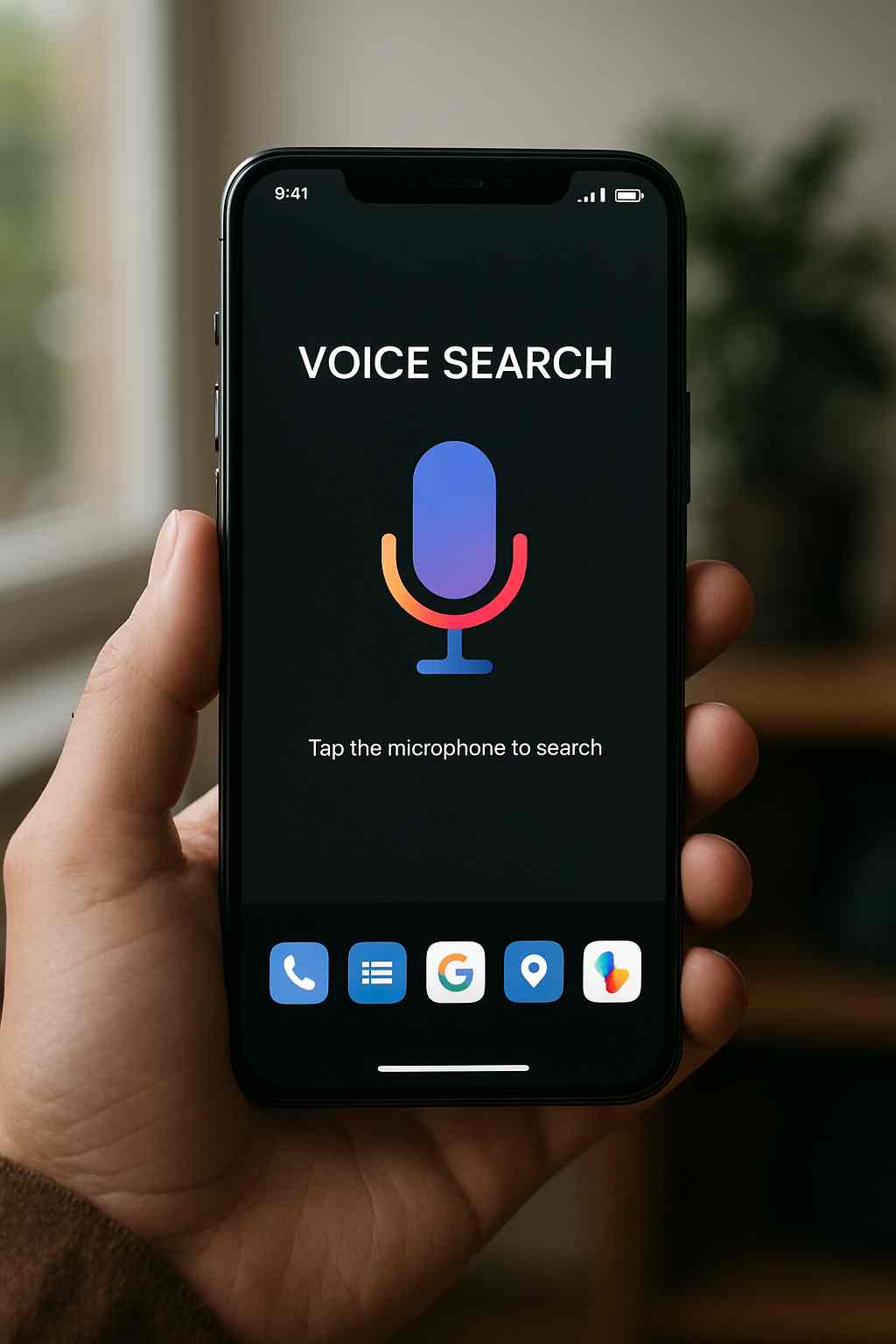
Combining these advanced strategies enhances mobile SEO effectiveness. Each element—local, voice, and app—caters to specific user behaviors. By integrating these strategies, businesses can significantly improve their mobile search performance and reach a wider audience.
Tracking Mobile Rankings Over Time: Trends and Insights
Tracking mobile rankings consistently reveals significant patterns. Observing these trends helps shape effective SEO strategies. By tracking changes over time, you can identify what works and what doesn’t.
Analyzing long-term data offers insights into seasonal fluctuations and user behavior shifts. This information can guide content updates and optimizations. Staying aware of these trends ensures your strategy remains agile and relevant.
Key Insights to Monitor:
- Seasonal ranking changes
- Shifts in user search habits
- Impact of algorithm updates
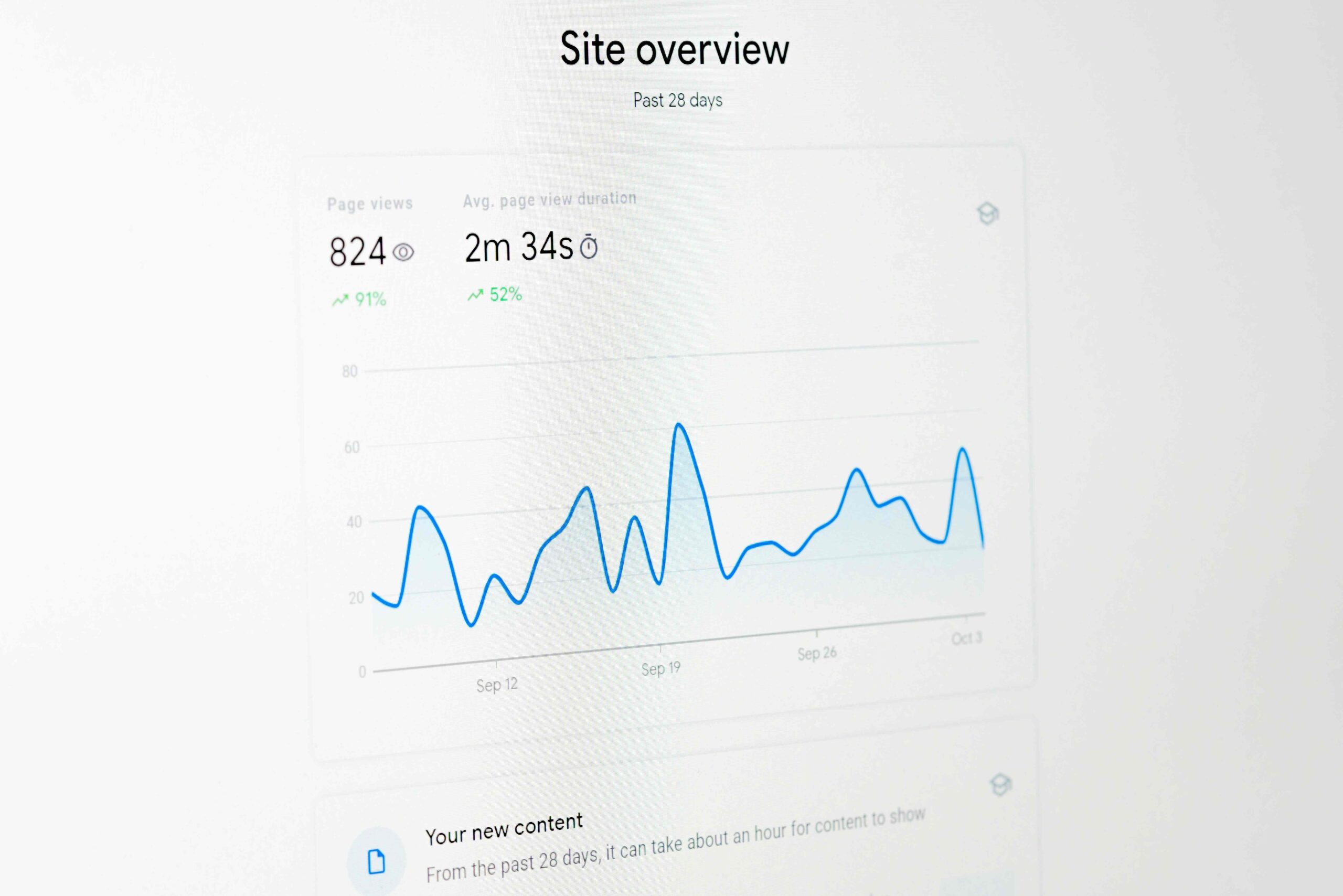
Regularly reviewing mobile rankings and trends helps you adapt to market dynamics. It also highlights opportunities for improvement and innovation. Embracing these insights keeps your SEO strategy aligned with evolving mobile search landscapes.
Related Articles :-
- Find Competitor’s keyword Analysis
- Spy the competitor’s Google Ads
- Keyword Research tools and Techniques
Essential Questions ask yourself :
- How often should I track mobile rankings?
- What tools are best for mobile rank tracking?
- Can mobile rank tracking improve SEO strategy
Conclusion: Building a Winning Mobile SEO Strategy
In today’s world, focusing on mobile SEO is not optional; it’s essential. Mobile users drive much of the web traffic, and their search habits differ from desktop users. Embracing a comprehensive mobile strategy can set you apart from competitors.
To succeed, integrate mobile rank tracking tools into your routine. Regular analysis helps adapt to changes quickly, ensuring your rankings remain strong. Leverage insights from tracking to refine content and technical aspects.
Stay proactive with your mobile SEO approach. Consistently optimize, track, and adjust. This dedication leads to sustained success and improved mobile search rankings.
You are now equipped with proven tactics to measure your mobile SEO performance with precision. The next step in your journey is to master the modern strategies that drive that performance. ‘Beyond Keywords’ will show you how to build a holistic SEO strategy that thrives in today’s algorithm, far beyond just keyword placement. Evolve from an SEO tracker to an SEO strategist. Get your copy here.





